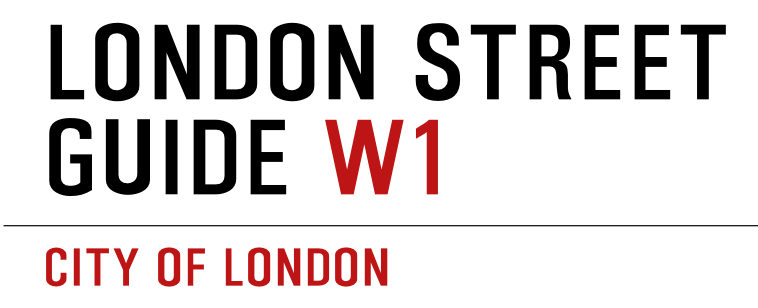Place Name
Hertford, the historic county town of Hertfordshire, has roots stretching back to Saxon times. Founded by Edward the Elder in AD911 as a fortified burh, Hertford played a strategic role in defence against Viking invasions. Its Norman castle, built after the Conquest, became a royal residence, hosting medieval kings and parliaments. Hertford’s location near the River Lea made it an important market town, flourishing in the medieval wool trade. During the English Civil War, the town leaned towards Parliament. Today, Hertford is known for its historic architecture, including the remains of Hertford Castle. First recorded in the Anglo-Saxon Chronicle in 1011, the name is derived from the Anglo-Saxon words heort ford, meaning deer crossing (of a watercourse). As for this street name, at the start of the 20thCentury this area still formed part of Newbarns Farm although it was later used as a golf course. It remained that way until shortly after the Second World War when demand for housing from the newly demobbed men and their families far outstripped supply. At first accommodation consisted of dozens of pre-fabricated Arcon bungalows hastily erected around Pollards Hill but from the 1950s a more permanent solution was sought. Merton Council’s archive explains: “In the 1950s the Council built six-storey maisonette blocks, starting with Westmorland Square and finishing the final block in Bovington Square in 1956. By the standards of the day, the much needed housing was built in record time and Mitcham Council could boast a house-building programme which exceeded that of any other Surrey Council.” But even this wasn’t enough to meet future demand. Following the post-war population boom much more housing was needed by the mid-1960s and so the Pollards Hill Housing Estate was laid out and built between 1968 and 1971. It was a high density scheme that included various areas of green space in the form of private gardens, partly enclosed squares, and a public park, Donnelly Green, named after Mitcham’s Head of Parks. Taking its cue from those original post-war buildings, the streets were named after counties and county towns in England and Wales.
![]()
